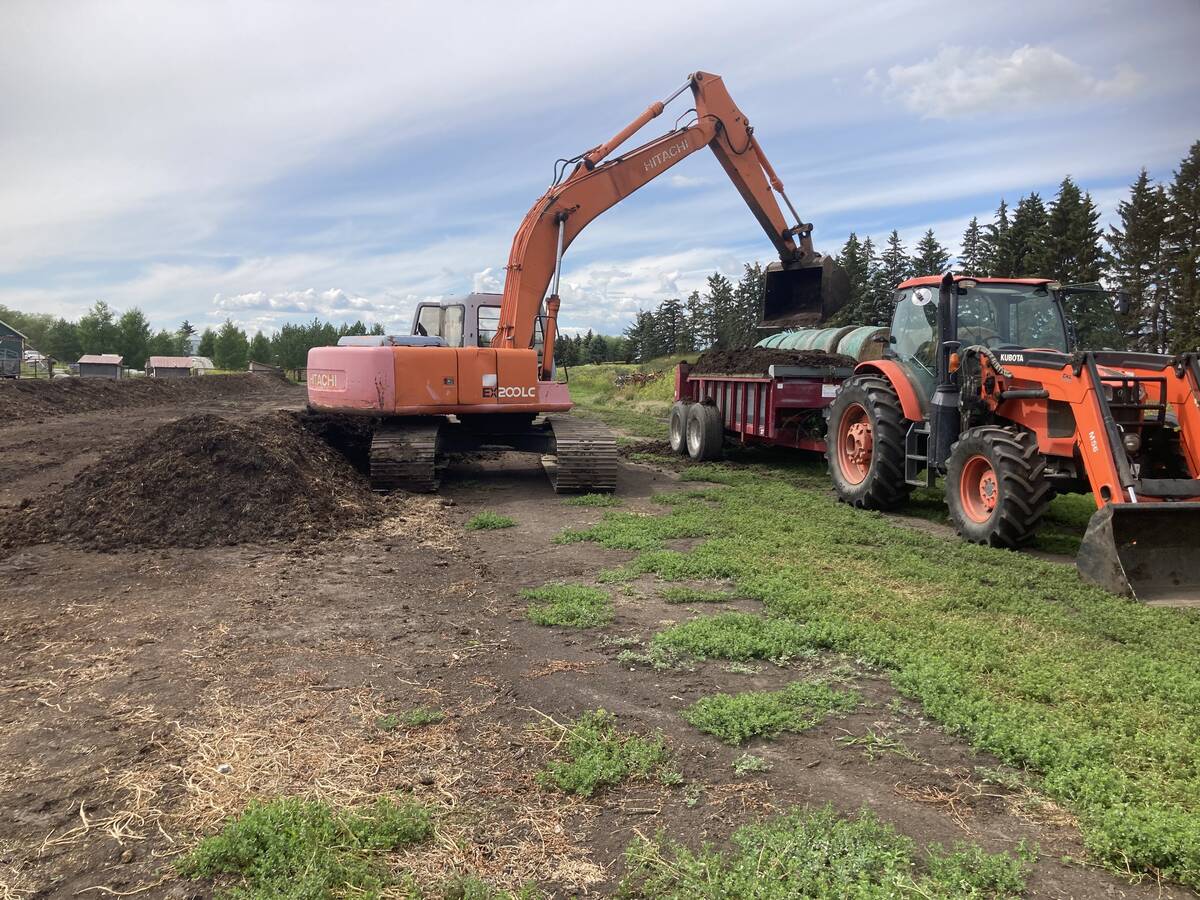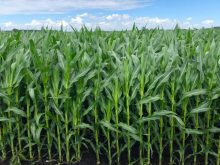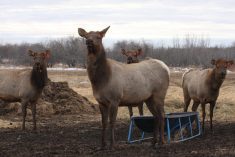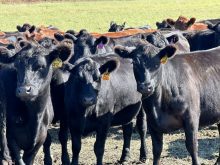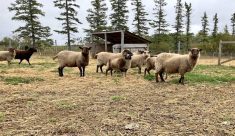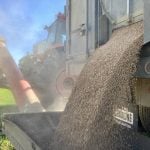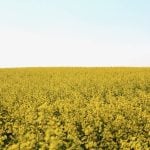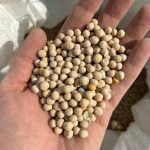Alberta organic crop producers now have more options when it comes to the management and use of select organic fertilizers.
Amendments to Alberta’s Agricultural Operation Practices Act (AOPA) now permit digestate and “select organic material” from non-agricultural businesses to be stored or composted in manure storage facilities before being applied to land.
These changes stem from the passage of Bill 44, a provincial bill created to allow amendments to the AOPA, a provincial act dedicated largely to environmental sustainability in Alberta.
Read Also

Grazing ‘sweet spot’ boosts pasture performance
Timing-focused approach to pasture management touted to boost forage growth, livestock gains while also cutting farmer labour and inputs
The bill is now law, having received Royal Assent May 15. It came into force June 23.
According to an Agri-News story published by Alberta Agriculture and Irrigation, these amendments are meant to “reduce regulatory barriers, encourage innovation and promote environmentally-responsible practices in agriculture, particularly the management of manure, agricultural processing by-products and compost, and biogas production.”
Digestate is a by-product of anaerobic digestion, the process of bacteria decomposing organic waste. In this case, that’s predominately manure and other approved feedstocks.
The amendments were made in part to give producers a break from high-cost fertilizers, wrote Jeanna Friedley, communications director with Alberta Agriculture and Innovation, in an email.
“The changes give crop producers access to lower-cost nutrient sources to grow crops and improve soil health.”
The amendments apply to people or operations that produce, store, transport, receive or apply manure, organic materials and compost on agricultural land, explained Friedley.
“This includes producers who use manure as fertilizer, manure applicators, livestock producers who use seasonal feeding and bedding sites, and existing and new confined feeding operations.”
Tracey Smith, executive director of Organic Alberta, expressed optimism over the move, although she saud she had yet to read the bill.
“Anything that allows us to do more on-farm is a good thing,” said Smith in an email.
“This opens up a lot of opportunities for our organic farmers.”
Janine Gibson, a Manitoba-based organic verification officer of 32 years, spoke to the various benefits of digestate.
“Composting and making digestate minimizes handling manure and produces valuable fertility inputs for animal feed crops on farm: cycling nutrients within the operation while minimizing costs,” explained Gibson in an email.
The bill’s allowed feedstocks are listed in Section Five of the new On-Farm Storage and Land Application Code.
“(Bill 22) made amendments to AOPA to allow digestate and select off-farm organic material to be stored or composted in manure storage facilities before land application, or be directly land-applied following AOPA requirements,” wrote Friedley.
These feedstocks encompass a broad range of categories, including certain fats, oils and greases; food processing residues; kitchen and market residues; and animal by-products.
The listed feedstocks can be mixed with manure comprising 50 per cent or more by wet weight of the total feedstock on an annual basis; or one or more of the feedstocks listed in the code, again including 50 per cent or more by wet weight of the total feedstock on an annual basis.
These substances can be mixed with solid or liquid manure depending on the nature of the material. On the solid side, a few of these include wet distillers’ grain, silage hay, fruits and vegetables and sugar beets.
Some of the allowable substances in the liquid manure category include raw milk, whey and distillery stillage.
Any substances not listed in the code will continue to be regulated by Alberta Environment and Protected Areas, which delivers the AOPA.
The materials in Section Five of the code have always been appropriate for use on crops, wrote Friedley. “The changes to AOPA allow these materials to be land-applied following AOPA legislation.”
The AOPA amendments also address the transport of approved organic materials, allowing qualifying organic materials to be transferred from off-farm agri-processors or other agricultural operations onto other ag operations.
Prior to the passing of Bill 44, the fate of these organic substances depended on where they were produced.
Those produced on ag operations could be applied to agricultural land owned or managed by the operation, while any produced off-farm had to be taken to an Environment and Protected Areas-permitted waste management facility, including composting facilities, landfills or biogas facilities.
Although he had little knowledge of the bill at the time of interview, mixed organic producer Ward Middleton from north of Edmonton says any additional tools organic farmers have to improve their crops is a win.
“In a general sense, anything that would be a new additional feedstock for composting or a fertilizer source for organic farmers would be welcome,” he says.
“It is very difficult for organic farmers to find cost-effective nutrient replacements to offset what gets exported from their land with every bushel of grain or whatever produce that they’re producing and selling to consumers.”
However, he emphasized that the federal Canadian Organic Standard is the pre-eminent document governing organic practices in the country.
“Just because the provincial government might say, ‘Yes, we agree that digestate can be used’ it still has to be an input for our compost that complies with the federal organic standard.”
A backgrounder on proposed revisions to the Canadian Organic Standards appears to align with the goals of Bill 44.
“It is permitted to use anaerobic digestate as a compost feedstock if it is added to other substances which are then composted,” reads Table 4.2 of the document.


